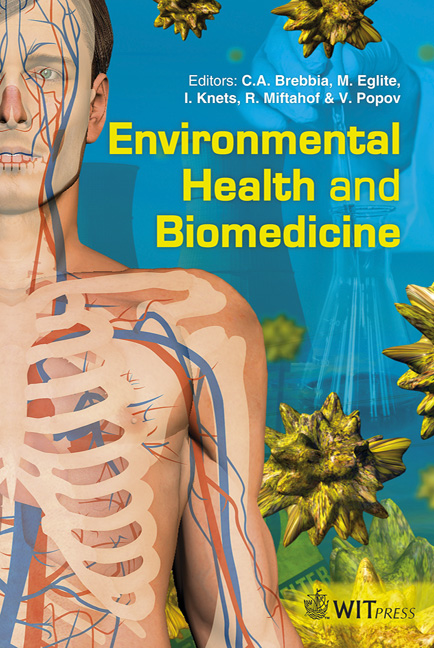Modelling Of Embolus Transport And Embolic Stroke
Price
Free (open access)
Transaction
Volume
15
Pages
12
Page Range
347 - 358
Published
2011
Size
3280 kb
Paper DOI
10.2495/EHR110301
Copyright
WIT Press
Author(s)
I. D. Šutalo, A. Bui, K. Liffman & R. Manasseh
Abstract
Cerebral microembolism may lead to the restriction of blood supply due to damaged blood vessel tissue (focal ischemia) which is increasingly seen as the cause of cognitive deterioration including Alzheimer’s disease and vascular dementia. The flow through fractal models of the peripheral vasculature of the Anterior Cerebral Arteries (ACA) and Middle Cerebral Arteries (MCA) was modelled. The multi-scale model of the cerebral vasculature was coupled with blood flow and embolus transport models. The model incorporated asymmetric bifurcation trees, embolus-vascular interactions and autoregulation. Simulations were carried out where the embolus deposition rate, embolus diameter and embolus introduction rate were varied. Increasing the embolus diameter and embolus introduction rate increased the number of blocked terminal arteries to a quasi steady-state. For a low embolus deposition rate the MCA and ACA territory had the same embolization dynamics, even though, the MCA was larger than the ACA. It was also found for a higher embolus deposition rate the MCA, due to its more expansive structure, was less prone to occlusion than the ACA. The results also showed the effect of a single blockage is expected to be less severe in asymmetric flow than symmetric flow. This model will assist in developing a better understanding into embolic stroke and effect of
Keywords
embolic stroke, microembolism, cerebral arteries, cerebral hemodynamics, ischemia, numerical models





